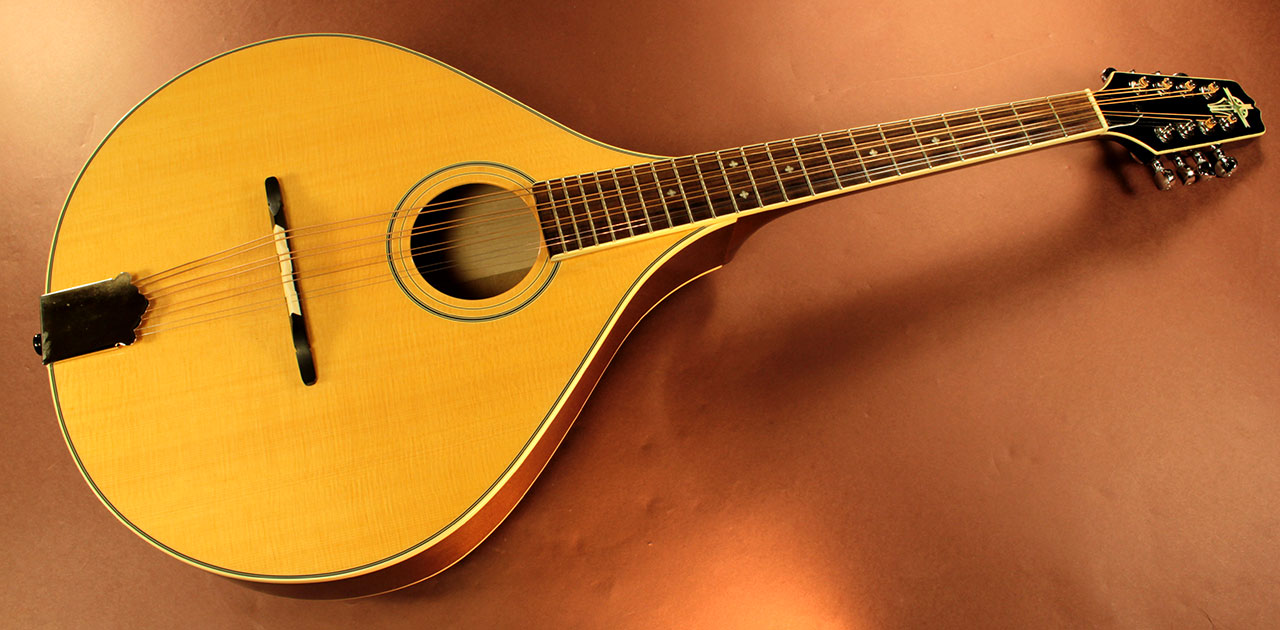
Strings are plucked and given pitch via a fingerboard, and as a smaller instrument it has a quiet sound. Lute: Defined by its mid-length neck, a deep round back, and a sound hole. Earlier versions were called organistrums. And like the duckbilled, semi-aquatic, beaver-tailed, egg-laying mammal, it has survived remarkably into the 21st century, often played as a substitute for bagpipes for its similar sound. It has a thick body with almost no neck and multiple strings (the number and presence of sympathetic drone strings have changed over time) in place of a bow the strings are stroked with a rosined, rotating wheel operated by a crank, while the player’s fingers from the second hand work a keyboard. Hurdy-gurdy: It might be acceptable to refer to this as the platypus of stringed instruments as it incorporates several disparate pieces. The Celtic harp, commonly seen in Irish iconography, is strongly associated with medieval Gaelic music.

By definition, the harp has multiple strings affixed at an angle to a soundboard.

Harp: With roots in antiquity (the Judeo-Christian bible has 66 verses that mention harps or lyres), and variations of harps were known in Africa and Asia as well as Europe, it was particularly popular in the Middle Ages and the Renaissance. The gittern (giterne) is referenced in medieval literature, including Geoffrey Chaucer’s Canterbury Tales. Seen in 13th century art, it seems to have evolved to a flat back by the 16th century. Gittern: Also called the guiterre in French, this small gut-stringed and round-backed instrument is considered by scholars to be an ancestor of the modern guitar along the way the guitarra latina and guitarra morisca were Spanish and Moorish versions thereof. The instrument was quite popular among troubadours and jongleurs in the medieval era, although it might be derived from the Arabic rebab of an earlier time. As its earliest name was the “fidel,” making it easy to see how the more modern word “fiddle” came into being. A banjo dulcimer has a resonating membrane, as with the banjo.įiddle-vielle: Played with a bow, this has a longer and deeper oval body than a violin, with three to five gut strings. The only surviving example is in the British Museum and was made around 1300, however it seems to have been converted into a more violin-like instrument in the 16 th century.ĭulcimer: A version of a zither, it involved striking its many strings with “hammers,” with the fretted version (used in later times in Appalachian music) having only three or four strings. But the variety of stringed instruments of the medieval era – most of which would not be found in a modern catalog of fine stringed instruments for sale – speak to a time of nuanced expression:Ĭitole: Also known by several other names (cetera, chytara, sitole, zitol) it was picked or strummed with an ivory or wood plectrum (pick). Percussion was part of medieval music (cymbals, frame drums, timbrels), as were wind instruments (recorders, tabor pipes, organs, bladder pipe, bellows pipe, bagpipes).

It also gave rise to new musical instruments. Secular music allowed for love songs, songs about wine, political satire, drama, and dancing.
CELTIC STRINGED INSTRUMENT FREE
Of note, while sacred music was by far the dominant form, it was secular music that might have driven greater creative range, free of the strictures of church liturgy. It was characterized by chants, primarily in the monophonic (one voice, no melody) form polyphonic music came later. Musically, the Catholic churches engaged people in the great cathedrals and humbler provincial churches with sacred music that was at times drawn from secular, folk melodies. The Medieval Era, roughly 500 CE to 1400 CE, was the time when the Church of Rome was the dominant ruling body and religion. To understand stringed instruments of the European Middle Ages, it helps to understand medieval music itself.


 0 kommentar(er)
0 kommentar(er)
